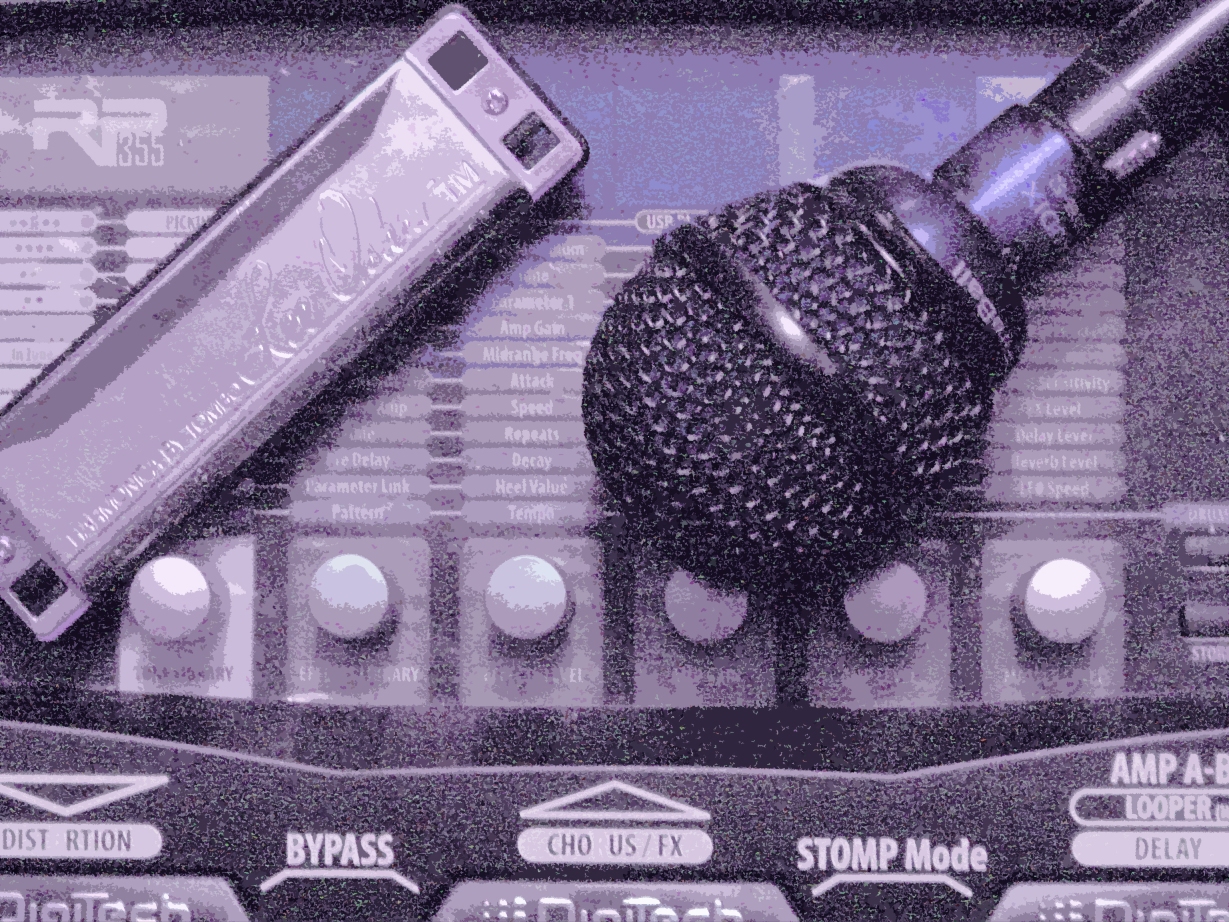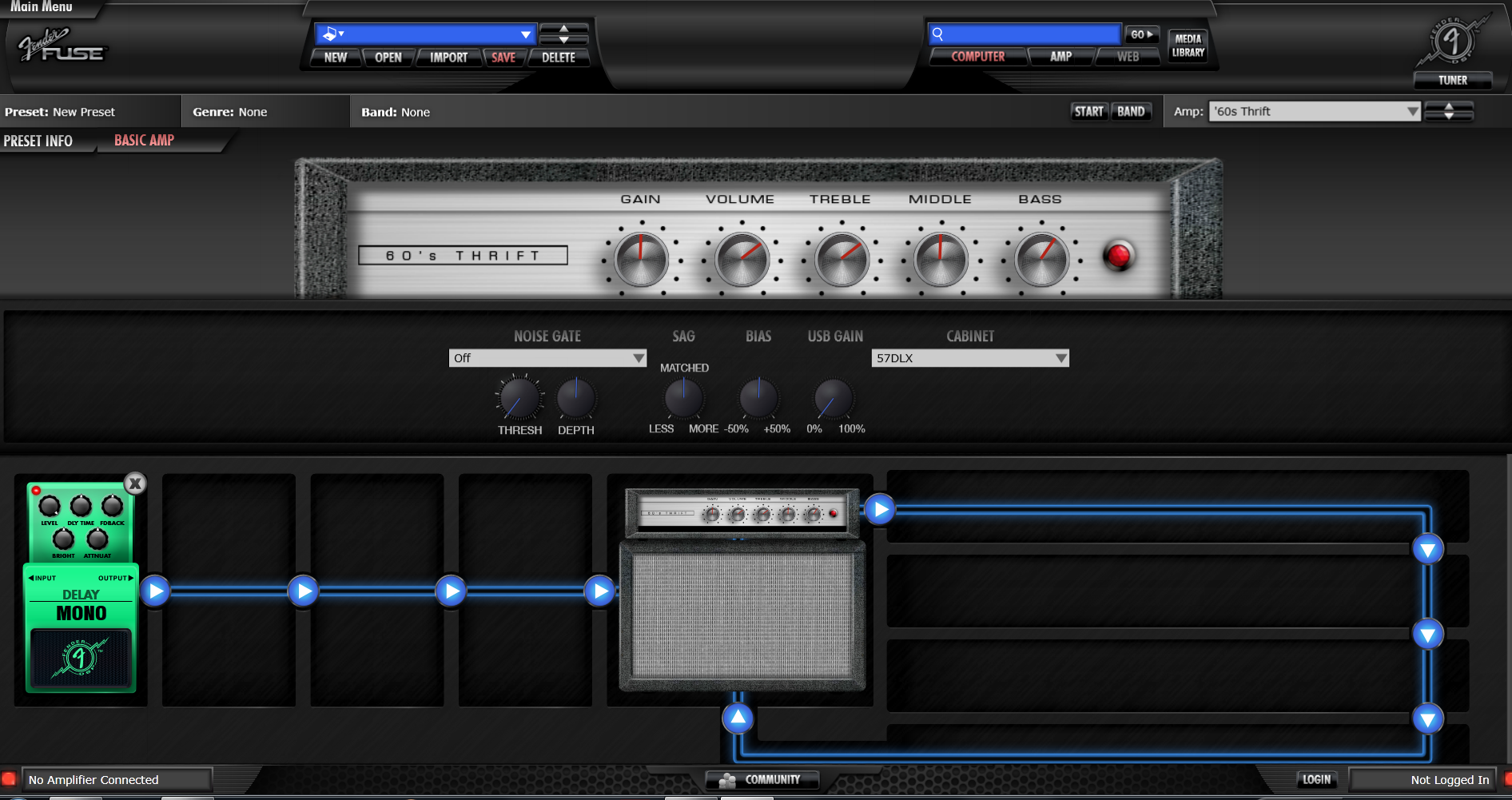
Ted Van Beek on the Hohner 53/48
Ted van Beek’s reviews of double-reed harmonicas are well worth a look if you’re considering buying one of these unusual instruments. Here’s Ted’s take on the Hohner 53/48.
Description
The Hohner Model 53/48 is a Tremolo-Tuned harp with 24 holes and 48 reeds. It is available in the key C , D, E, F, G, A, Bb. It is made in Germany, and the USA street price is $40 to $60. The review is based on three new harps.
Initial Impressions
The harp comes in a paperboard box of questionable utility and strength; two of the three boxes arrived with pre-torn corners. The harmonica is quite attractive, with a nice maroon finish on the comb and gold flourishes at the comb ends. It has nicely chromed covers with the usual Tremolo vent holes (24 total) on
each side.
The harps played perfectly out the box, with the exception of one that had what looked like a wood fiber stuck in one slot, but that was easily undone. Reed
response was especially well balanced. All three harps were air-tight. The tone of these harps is unusually bright.
On the Bench
The overall dimensions measured at 8.9 x 1.25 x 0.95 inches. The stainless steel covers are narrow, and only 0.011 inch thick. Because this harp is held by the extended comb, one would not normally be squeezing the covers, so this thinness is not necessarily a drawback. The reed plates are a yellow brass, 0.033 inches thick, and are attached to the comb with 9 nails per plate. As customary with Hohner, the nails are meant to go through the reed chamber walls, but usually miss a centered placement. The comb uses a scooped reed chamber floor, one set of identical lengths, but with a different profile for the low 10 holes and the upper 14 holes. The middle 12 reed chambers also have a coupling hole drilled between the upper and lower chamber, therefore on these notes you can only play in the tremolo mode.
All the reeds on these harps were accurately centered and straight. There were no loose reeds. Reed gaps were consistent and set close. Only the low 5 reeds have weighted tips, and their tonal quality is somewhat different. Tuning was quite accurate, only a few reeds were off by no more than 2 cents.
One potential problem with assembly and disassembly is with the placement of the nails. Care has to be taken when pulling or replacing the nails so as not to damage the reed chamber walls. An additional note: the plate nails are longer than the cover nails, so keep them separate.
A run on the spectrum analyzer confirmed the reason for this model’s bright sound. The second harmonic was down about 20dB, but the 3rd harmonic was only down 8dB, and the fourth 15dB. More typical Tremolos fall in the 15dB, 10-15dB, 20dB range.
After the Break-in
The harps were still airtight after re-assembly, and reed response did not change during the break-in period. The reed tuning was consistent, centered around 436 on the upper plate and 442 on the lower plate. The beat note was prominent. Reed response was very well balanced. Overall volume was average for a tremolo.
The mouthpiece and cover design provides good tactile feedback, and is easy on the mouth. It’s also kind to those sporting a mustache.
I find the tone of the harp interesting. It is different from most western Tremolos. Thus it adds to the sound repertoire, but I would not consider it to be a general purpose harp. It was easy to start and stop both reeds at the same time. Players accustomed to tremolos will adapt to this harp rapidly. This harp has the dividers in the 7 through 18 hole positions opened, so you can only play these notes in the Tremolo mode.
Final rating (on a five star scale)
Out of the box: Four stars.
All three harps played without flaws straight out of the box. But once again, the lack of a proper box rates a demerit, as does the use of nails.
After Setup: Four stars.
The 53/48 is definitely a “Professional” class Tremolo. It has a unique sound and feel, and is enjoyable to play. Manufacturing quality is excellent. On the down
side, while the coupled reeds in the middle octaves makes “hitting†the tremolo notes easy, it also limits the overall utility of the harp.
Related Posts
Leave a Reply
You must be logged in to post a comment.
WHAT’S NEW
Categories
- Audio/Video
- Blog
- Blue Future
- Digitech RP Tricks and Tips
- Discography, CDs, Projects, Info, Notes
- Featured Video
- For the Beginner
- Gallery
- Hunter's Effects
- Hunter's Music
- Huntersounds for Fender Mustang
- Meet the Pros
- More Video
- MPH: Maw/Preston/Hunter
- My Three Big Contributions
- Player's Resources
- Pro Tips & Techniques
- Recommended Artists & Recordings
- Recommended Gear
- Recorded Performances
- Reviews, Interviews, Testimonials
- The Lucky One
- Uncategorized
- Upcoming Performances
- Zoom G3 Tips and Tricks

